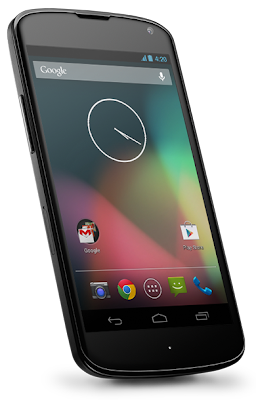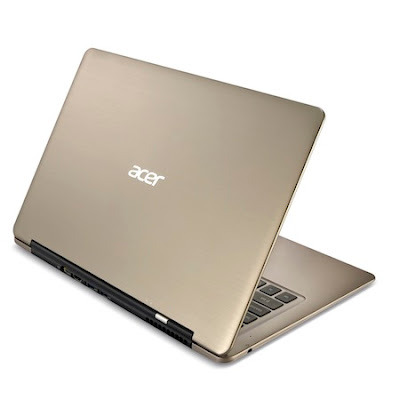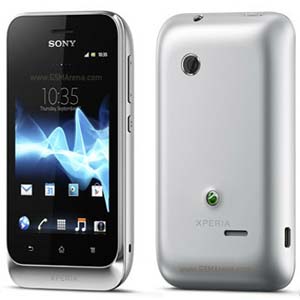Plenty of Apple news today, with a new an iPad Mini and a new MacBook, but the most controversial is the new Apple iPad 4, or as Apple likes to call it, the "iPad with Retina Display". After less than seven months in the market, and an even shorted period in the Philippine market, the iPad 3 is now out of production.
While buyers may lament the short life of the Apple iPad 3, this product was problematic from the start. The Apple iPad 3 was built around a 2048 x 1536 display. This has 3,145,728 pixels. That is four time more than the 768,432 pixels of the 1024 x 768 display iPad 2.
The iPad 3 has the same processor as the iPad 2, double the RAM and graphics processing power. Basically, even if you ignore the processor, at best the iPad 3 had double the graphics capability of the iPad 2, but had to power a screen with four time as many pixels. You do the math. Double the power but quad-drouple the load. The iPad 2 has more excess graphics power as compared to the iPad 3. The iPad 2 has half the graphics power but 1/4th the load. The numbers just don't add up to a better product. You pay a little to much for the sharper display.
Built on old 45 nanometer technology, the hard working graphics chip ran much warmer than the iPad 2.
I wrote about my concerns on heat and graphics power of the iPad 3 a few months back. I do not see the need to dwell in the past. The iPad 3 was a lackluster product, and its quick replacement is enough proof of that.
So, now Apple releases the iPad 4. Have they corrected the deficiencies of the iPad 3? The iPad 3 is built on the A6 platform, which is built on 32 nanometer technology. Expect a cooler running iPad. Cooler running also means that the product will have a longer useful life, as heat shorten the life of electronic components. The graphics card is the same as the iPad 3, a PowerVR SGX543MP4 so at first glance it does not appear that the iPad 4 has a more powerful graphics card. But working in tandem with the old PowerVR Graphics is the new A6X chipset. This give twice the processing power. With Intel system on chip solutions (SoC), faster processing power does result in faster graphics. I see no reason why apples SoC solution, with the faster dual core A6X's won't be able to give the PowerVR SGX543MP4 a bit of boost in performance.
The new 8-pin Lighting connector makes it compatible with iPhone 5 peripherals and the HD front camera are nice upgrades. But ultimately a cooler running iPad 4 with the much more powerful A6X chipset correct most, if not all of the deficiencies of the iPad 3.
If you bought the Apple iPad 3, the warning signs were pretty clear. If you still have not bought an iPad, don't let the iPad 3 early demise dissuade you. The Apple iPad 4, is what the iPad 3 should have been. While releasing a new Apple iPad 3 so soon will raise complaints among the Apple faithful, it is better for Apple to bring the best technology they can, at the soonest possible time, and not follow arbitrary one year schedules between product releases.
Expect to see the new Apple iPad 4 in hit Philippe Apple stores, just in time for Christmas, at the same price as the iPad 3.


















































